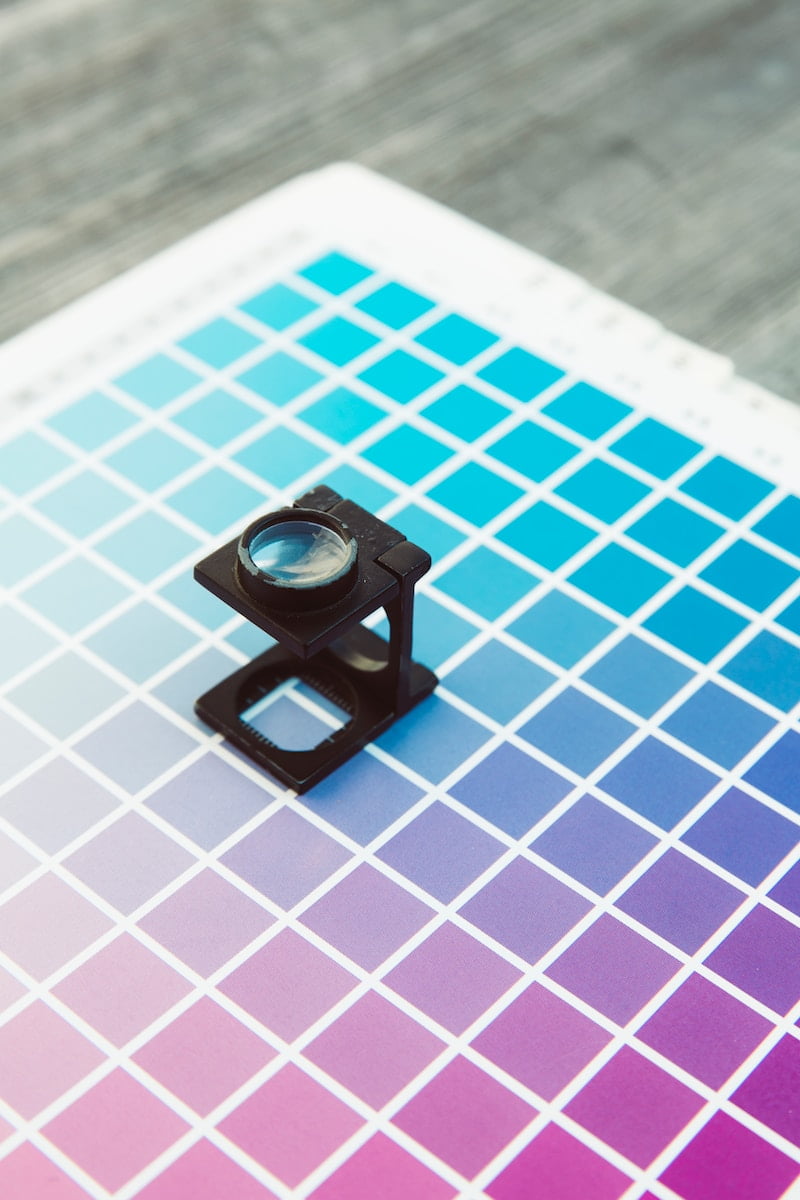
Introduction to Color Theory and Design
Color is an essential element in design, and understanding color theory is crucial for creating visually appealing and effective designs. Color theory is the study of how colors interact with each other and how they can be combined to create harmonious and aesthetically pleasing color palettes. It is a fundamental aspect of design that can greatly impact the success of a project.
Color theory is used in various fields, including graphic design, fashion, interior design, and art. It is a tool that designers use to create color schemes that evoke specific emotions and convey a particular message. Understanding color theory can help designers make informed decisions about color choices and create designs that are visually appealing and effective.
Understanding Color Harmonies and Their Importance in Design
Color harmonies are combinations of colors that are visually appealing and work well together. They are created by using colors that are related to each other on the color wheel. There are several types of color harmonies, including complementary, analogous, triadic, and tetradic.
Complementary color harmonies are created by using colors that are opposite each other on the color wheel. For example, red and green are complementary colors. Complementary color schemes create a high contrast and can be used to create a bold and dynamic design.
Analogous color harmonies are created by using colors that are next to each other on the color wheel. For example, yellow, orange, and red are analogous colors. Analogous color schemes create a harmonious and cohesive design.
Triadic color harmonies are created by using three colors that are evenly spaced on the color wheel. For example, red, yellow, and blue are triadic colors. Triadic color schemes create a balanced and vibrant design.
Tetradic color harmonies are created by using four colors that are evenly spaced on the color wheel. For example, red, yellow, green, and blue are tetradic colors. Tetradic color schemes create a complex and dynamic design.
Understanding color harmonies is essential in design because it can greatly impact the mood and message of a design. Using the right color harmony can evoke specific emotions and convey a particular message.
The Basics of Color Wheel and Color Relationships
The color wheel is a tool that designers use to understand color relationships and create harmonious color palettes. The color wheel is made up of twelve colors, including primary, secondary, and tertiary colors.
Primary colors are red, blue, and yellow. They are the building blocks of all other colors and cannot be created by mixing other colors.
Secondary colors are created by mixing two primary colors. They include green, orange, and purple.
Tertiary colors are created by mixing a primary color with a secondary color. They include colors like red-orange, yellow-green, and blue-purple.
Understanding color relationships is essential in creating harmonious color palettes. Colors that are next to each other on the color wheel are analogous colors and work well together. Colors that are opposite each other on the color wheel are complementary colors and create a high contrast.
Tips for Creating Harmonious Color Palettes
Creating a harmonious color palette is essential in design. Here are some tips for creating a harmonious color palette:
1. Start with a base color: Choose a base color that will be the foundation of your color palette. This color should be the dominant color in your design.
2. Use color harmonies: Use color harmonies to create a cohesive and harmonious color palette. Choose a color harmony that best suits your design.
3. Use shades and tints: Use shades and tints of your base color to create depth and variation in your color palette.
4. Use neutral colors: Use neutral colors like black, white, and gray to balance out your color palette.
5. Consider the context: Consider the context in which your design will be used. Different colors evoke different emotions and can convey different messages.
Examples of Successful Color Combinations in Design
There are many examples of successful color combinations in design. Here are a few examples:
1. Coca-Cola: Coca-Cola’s red and white color scheme is iconic and instantly recognizable. The red color evokes excitement and energy, while the white color represents purity and simplicity.
2. Apple: Apple’s white and silver color scheme is sleek and modern. The white color represents simplicity and purity, while the silver color represents sophistication and elegance.
3. McDonald’s: McDonald’s yellow and red color scheme is bold and dynamic. The yellow color represents happiness and optimism, while the red color represents energy and excitement.
Conclusion: Applying Color Theory to Enhance Your Design Skills
Understanding color theory is essential in design. It can greatly impact the success of a project and help designers create visually appealing and effective designs. By understanding color harmonies, the color wheel, and tips for creating harmonious color palettes, designers can create designs that evoke specific emotions and convey a particular message. By studying successful color combinations in design, designers can learn from the best and apply these principles to their own work. Applying color theory to enhance your design skills can take your designs to the next level and make them stand out from the crowd.
